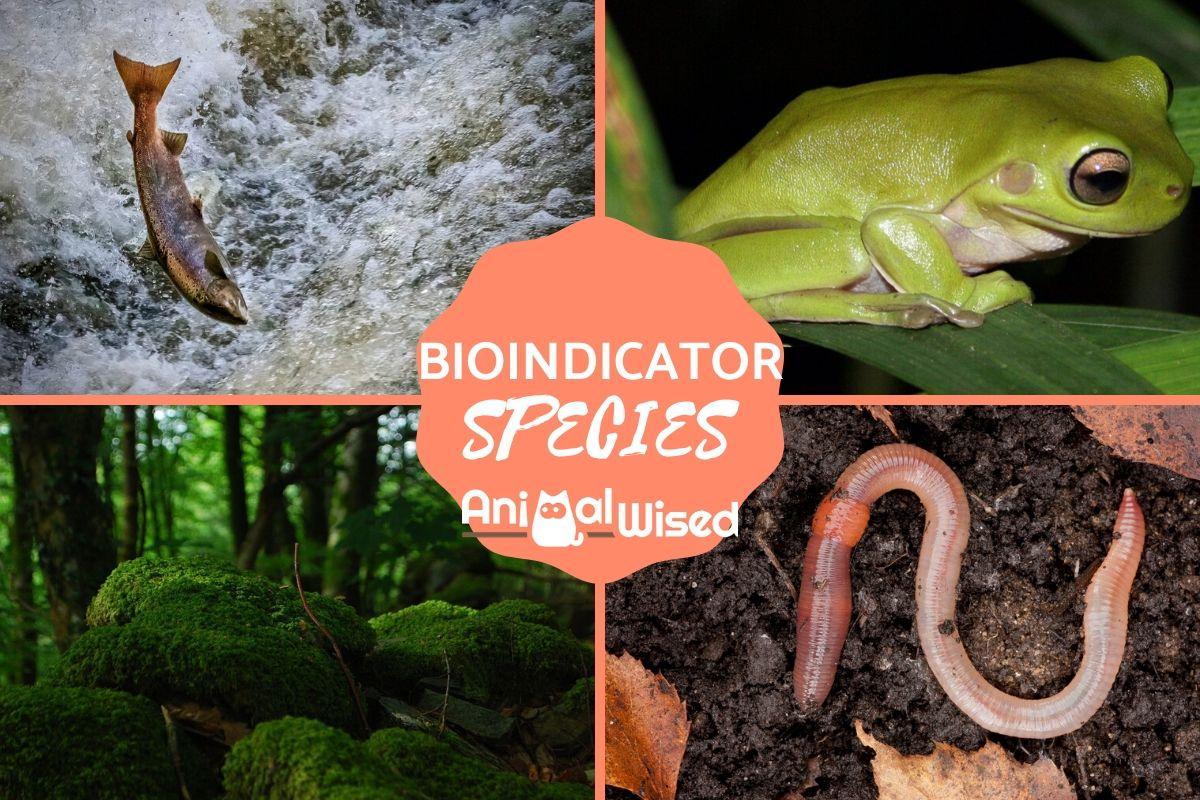What Are Indicator Species?

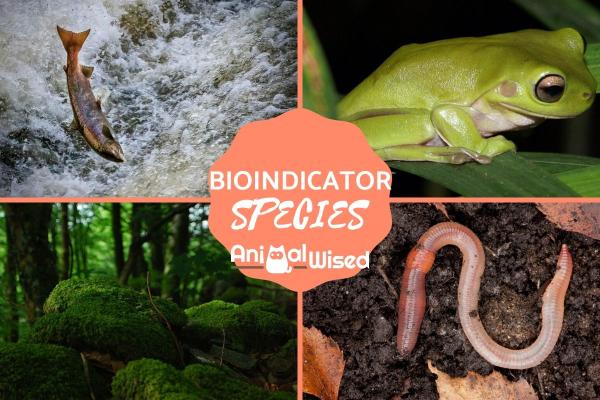
If you are into biology or ecology, you may have heard about the term Indicator species. This term is used to define certain living species. This means whether they are mineral, plant or animal. Their general purpose is to be an indicator of the overall health of a certain ecosystem. An indicator species example might be the canary in the coal mine. By detecting the level of poisonous gases, they indicate whether the mine is safe.
However, this is a very general definition. At AnimalWised we want to explore this subject in depth, to learn some examples and get a perspective of the importance of indicator species. Keep on reading if you're wondering: What are indicator species?
Definition of indicator species
As mentioned above, indicator species are carefully chosen to be a barometer to assess how a specific ecosystem is doing and how human activity is impacting on the area. An indicator species is also known as a bioindicator. They create a response to stress or any disturbance that can be measured. On one enf of the bioindicator spectrum, a species is thriving without any negative effects from their ecosystem. On the other extreme is the extinction of a species.
The disturbances mentioned are mostly attributed to mankind, though there are also natural issues which cause change such as freezes and droughts. Although there are other ways of measuring the impact of humans on nature, defining indicator species has proven highly effective in multiple studies.
But what makes a good indicator species? As we have mentioned, these species have to be sensitive to foreign disturbances more than others and have to be strong enough to survive it. In order to measure changes to the indicator species' response (which should affect the whole community or population of the species), scientists measure the degree in which the following change:
- Energy resources: the amount of food and light an indicator species will have will vary proportionally.
- Biotic interactions: their behavior will change, especially regarding predation and competition.
- Physical changes: their energy levels, morphology, etc.
- Chemical changes: especially when it comes to fungi and algae
Due to this, lichens and moss are highly effective as indicator species. They can survive in harsh conditions, yet are the first to notice changes in the ecosystem, thanks to their constant connection to soil. But as we're on AnimalWised, we're going to focus on animals that are indicator species examples and some of the cases in which they have been monitored.
Insects
One of the most highly valued indicator species examples are insects. This is because of their high levels of interaction with their environment, making them very useful when it comes to assessing water pollution levels, air pollution, soil quality and overall ecosystem health.
For example, many invertebrate insects such as mayflies or stoneflies are indicator species that can assess the amount of oxygen in rivers. This makes them a very useful indicator to control river pollution.
On the other hand, pollinator insects such as butterflies and bees can accurately determine the health of plants in a certain environment.
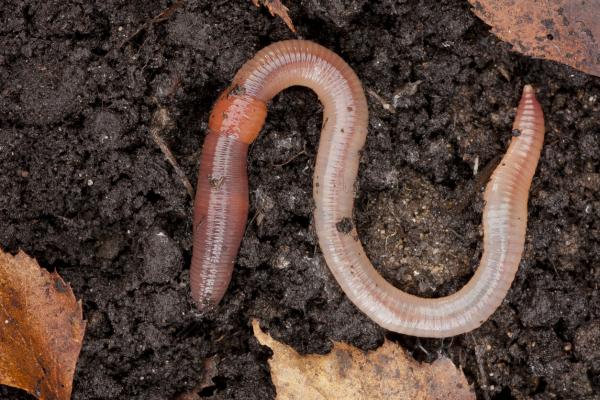
Fish
Fish are another example of a species highly useful in detecting the health of aquatic ecosystems. They have previously been used, for example, in Koh Tao in Thailand to assess the impact of the tourism industry on the ocean's reef. Some of the fish that served as indicator species include sweetlips, surgeonfish, rays, rabbitfish, butterfly fish, etc. In the case of the great barrier reef, coral and coral bleaching is the most striking indicator, though other common fish used as indicators such as parrotfish and surgeonfish are also used.
Salmon as an indicator species
Salmon has commonly is an indicator species in many ecosystems around the world, especially in north America. But why are salmon an indicator species? They have been determined as an indicator species by the Environmental Protection Agency to determine the health of the greater Pacific Rim, which has been affected by human action through deforestation, creation of dams and pollution among other reasons.
Salmon is also an indicator species for the Greater Vancouver wetland ecosystem. In both cases, salmon is a great indicator that alerts scientists of the state of the water.
Mammals
You may not think that mammals make good indicator species, but the fact is that in many ecosystems, they can be highly useful to ensure balance in ecosystems. A study at Aarhus University shows how small mammals can be the best indicators to determine the health of plant diversity in the Peruvian Mediterranean climate ecosystem.
In this case, colonies of pikas, rabbits and pocket gophers are useful to study how these interact with plants by digging, grazing and trampling them to study how the herbaceous plant community has been affected by water retention and change in soil nutrients.
Another small animal is the only mammal out of the 7 indicator species of New Zealand: the Short tailed bat. This endemic species is now endangered and are threatened by introduced predators, which is why the Kiwi department of conservation gives significant importance to the monitoring of their indicator species.
But don't be mistaken, big mammals can also be considered indicator species too. For example grizzly bears are considered an indicator species to assess both health and diversity of species in Alaska. Moreover, the prairie dog is also an indicator species of the American grassland ecosystem.
On the other side of the world we can find other examples of big-sized mammals as indicator species. Uttar Pradesh is one of the states that the Indian department of conservation needs to pay a closest eye on, due to the many human disturbances that have occurred during the past years. Open grasslands and savannas as well as forests need chitals (also known as spotted deer) nilgais (also known as blue bull) and cattle to conserve the biodiversity of the region according to the JRNL scientific journal.
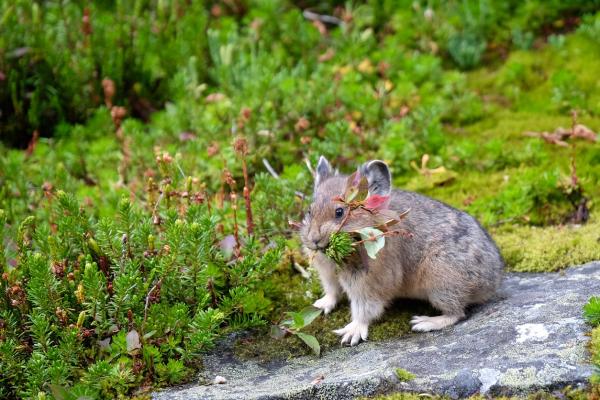
Birds as indicator species
Though you may think that birds are only good indicator species for air pollution, their interaction with the rest of the ecosystem makes them excellent to monitor the overall quality of certain habitats. Let's take a look a the different problems that birds can determine:
Deforestation
In North America, the spotted owl and the red-cockaded woodpecker are two of the main indicator species to determine the quality and quantity of old-growth forests, which are threatened by deforestation and pollution. Red-cockaded woodpeckers are very picky when it comes to nesting, as they need bigger and thus older trees to create nests, which is why monitoring this species can tell scientists a lot about the health of these forests and their ecosystem.
Pollution
Certain birds' eggs can also give clues on the health of soil, as they are commonly analyzed to find pesticides on them. High levels of DDT will also make eggs lose thickness, creating a lower survival rate which can determine the amount of mercury found in soil.
Moreover, we can also see a good indicator species in vultures, for example in the case of pollution in China. They provided an interesting case where they were able to indirectly monitor methods employed by farming methods in the region. It was their decline in numbers which alerted them to a problem. When testing, they found high levels of diclofenac that were being administered to livestock in the country, thus poisoning vultures which fed on them.
Ecosystem health
Fantails and kiwis are two birds out of the 7 indicator species of New Zealand that determine the health of the country wildlife's habitat. There are many reasons why Kiwis are endangered, and many can also apply to the rest of Zealandia's ecosystem, which is gravely menaced by human action.
Another case in which birds are a good indicator species for the whole ecosystem is in the everglades. The endemic wading birds that nest in the Florida Everglades depend on the ability of other predators. With the decline in their ability, the number of wading birds that nested was the first warning in the 1950s that action to maintain the Everglades' ecosystem needed to be taken.
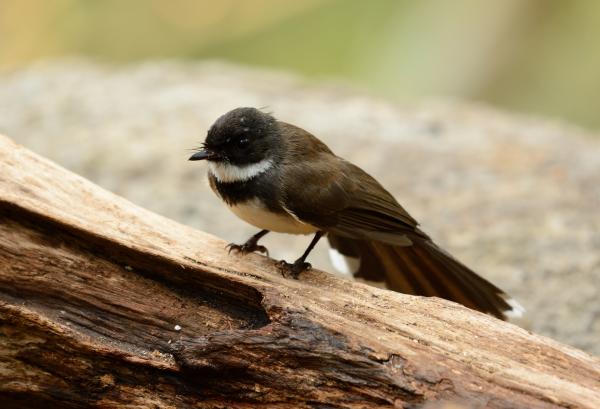
Frogs as indicator species
There are many questions on whether frogs are a good example of indicator species. It may be that many amphibians can be a great indicator species due to their versatility when it comes to their relation with the ecosystem for obvious reasons.
Tadpoles can successfully indicate the quality of water and, once they grow, their moist skin allows for pollutants to enter their system, thus helping detect problems with environmental health almost worldwide. Moreover, according to a study by Malcolm McCallum from Texas University, 30% of the species are close to extinction in the US alone.
This may be the reason why they are questioned as an indicator species. As frogs are generally quite vulnerable, there are many factors that can be affecting extinction of this species. Therefore, it is difficult to pinpoint specific causes of their number reduction.
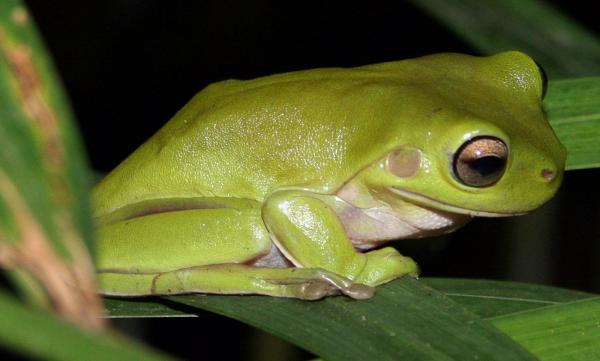
Non-animal organisms
Now that you know about animal indicator species, we'd like to give you a little insight on other non-animal species that are also considered indicators.
It is mainly lichens, moss and liveworts that can monitor pollution and overall environmental health. For example, the concentration of metal found in moss tissue can indicate overland transport is altering the environment that surrounds haul roads.
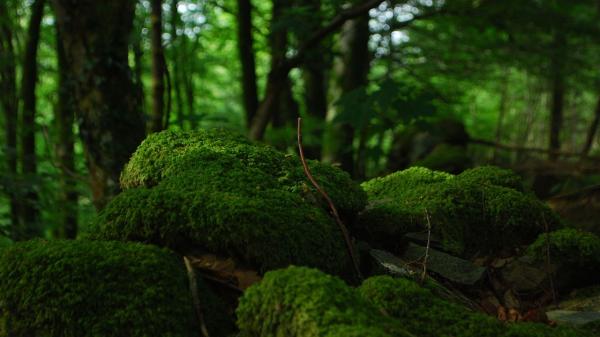
Difference between bioindicator and biomonitor
We introduced the subject of indicator species or bioindicators with the example of the canary in the coal mine. This is an indicator species because it indicates whether the ecosystem of the mine is safe. However, it may be more accurate to call the canary in this example a biomonitor.
Biomonitors are used similarly to bioindicators. However, they are more focused on qualitative research. This means they are specifically looking at the amount of pollutants are present how intensely they affect an ecosystem. When applied to the canary example, the miners know there are pollutants in the mine. The canary is there to indicate when said pollutants reach a deadly level.

If you want to read similar articles to What Are Indicator Species?, we recommend you visit our Facts about the animal kingdom category.

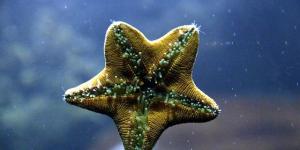


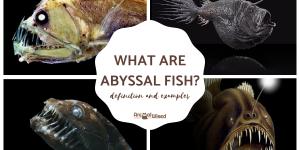

 what is this
what is this

